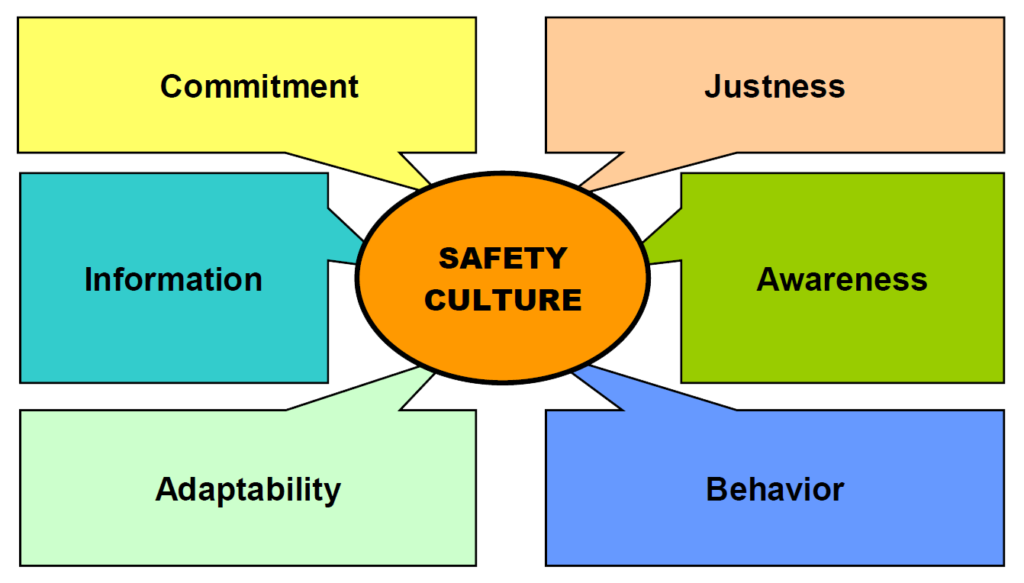Safety Culture Empowers an SMS
The SMICG defines safety culture as the set of enduring values, behaviors and attitudes regarding safety, shared by every member at every level of an organization.
In a positive safety culture there is a sense of shared responsibilities towards achieving the organization’s safety objectives. Accountability for safety is promoted and everyone is continuously striving to preserve and enhance safety. People are willing and able to adapt when facing safety issues and are also willing to communicate safety issues.
A positive safety culture relies on a high degree of trust and respect between the workforce and management. This is why the safety culture assessment process needs to listen to the views and perceptions of both managers and the workforce.
An effective SMS empowers a positive safety culture and a positive safety culture empowers an effective SMS.





